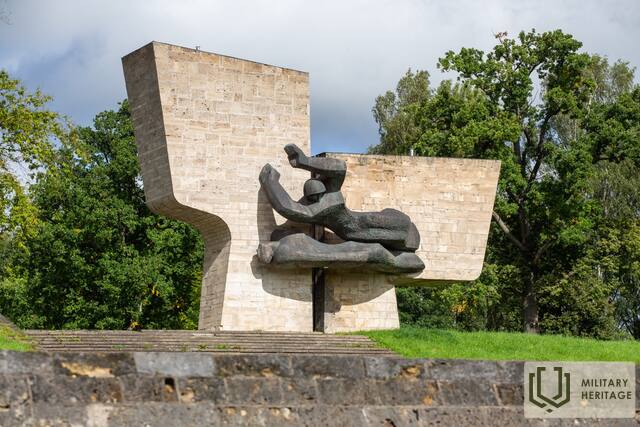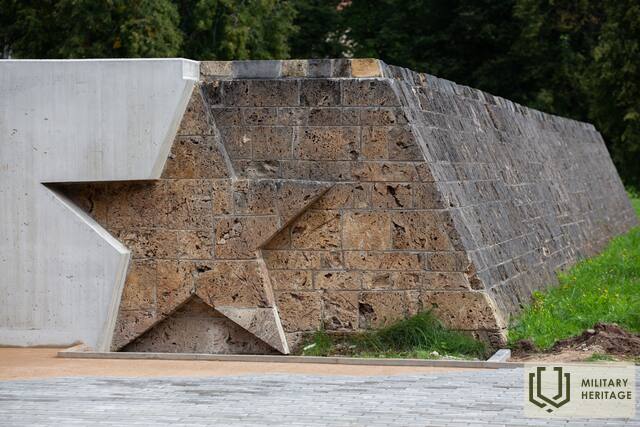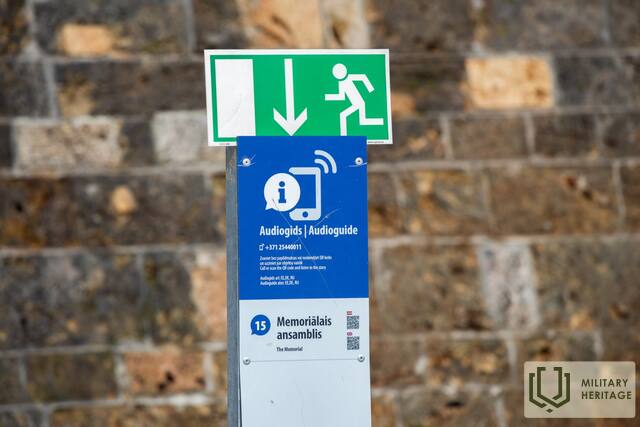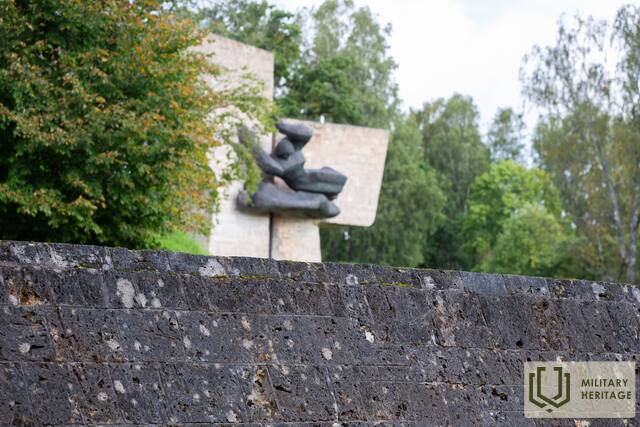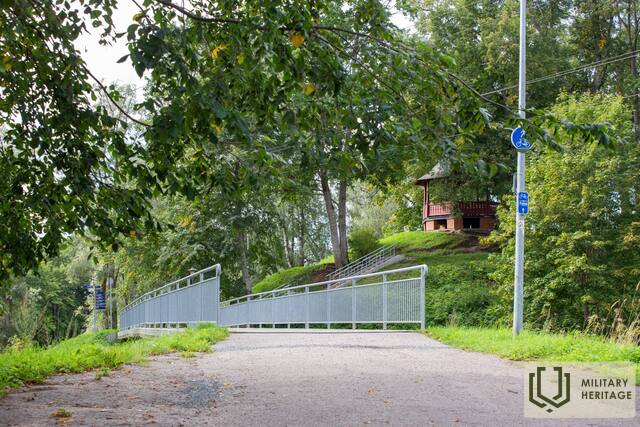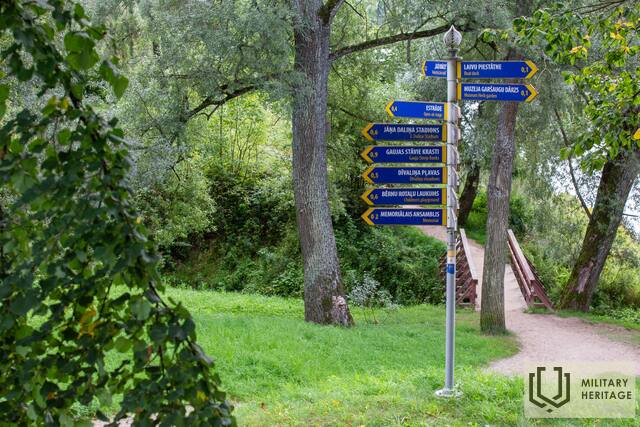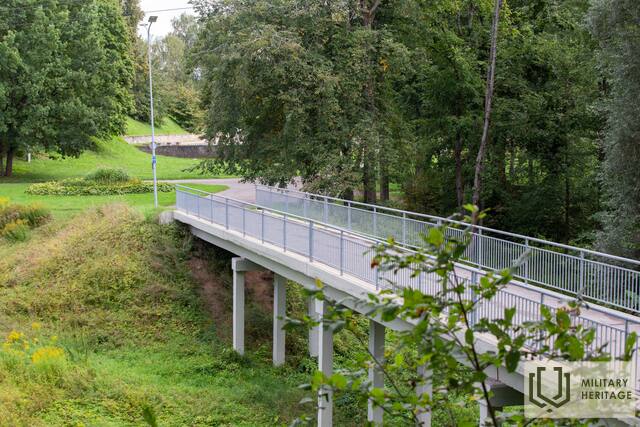Memorial to the soldiers fallen in World War II
Memorial site

 109
109








The memorial ensemble in Valmiera was unveiled in 1985. World War II Soviet soldiers who fell in the vicinity of Valmiera and victims of Nazi terror have been reburied in the Brothers’ Cemetery. The authors of the memorial ensemble are sculptors Zigrīda Rapa and Juris Rapa, architects Ēvalds Fogelis, Jānis Lejnieks, Jānis Rutkis and Andris Vītols, and Design Engineer Ivars Veldrums. Limestone from the village of Allaži was used to decorate the memorial ensemble. Its main image is the split linden tree of the Coat of Arms of Valmiera city. Two sculptures on each side of the ensemble symbolise the rhythm of life and death. The figures facing the Gauja river form a semi-circular space, marking the boundary between the past and the present. The main image facing the city is part of an intense arch-shaped form. The figure of a soldier faces the visitors approaching from the side of the city by the bridge, with the diagonal shape formed by the soldier’s hand supporting his deceased companion. On the burial terrace, soldiers have been laid down in rows for those who fought shoulder to shoulder in battle to lie under the same turf. A composition named the Golden Apple Tree lies separately on the lower terrace of the memorial. A granite plaque commemorates the Jews reburied here. Some of the elements, including bronze apples with the ensemble’s message encrypted by the authors, which had been placed under the growing apple tree, disappeared in the 1990s. A QR code next to the memorial gives visitors access to an audio guide with the information available in Latvian, Russian, English, Estonian and German.
Used sources and references:
Aivars Leitis, http://visit.valmiera.lv




